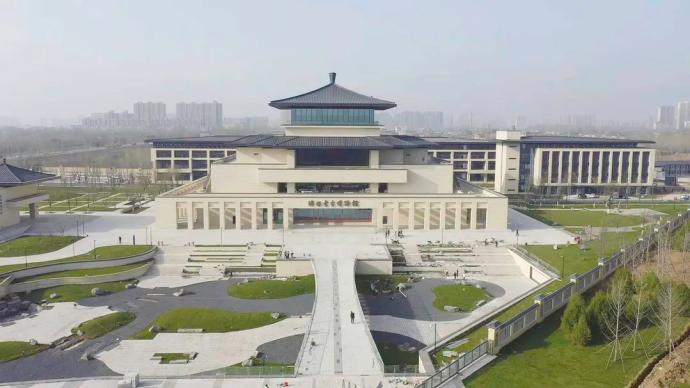
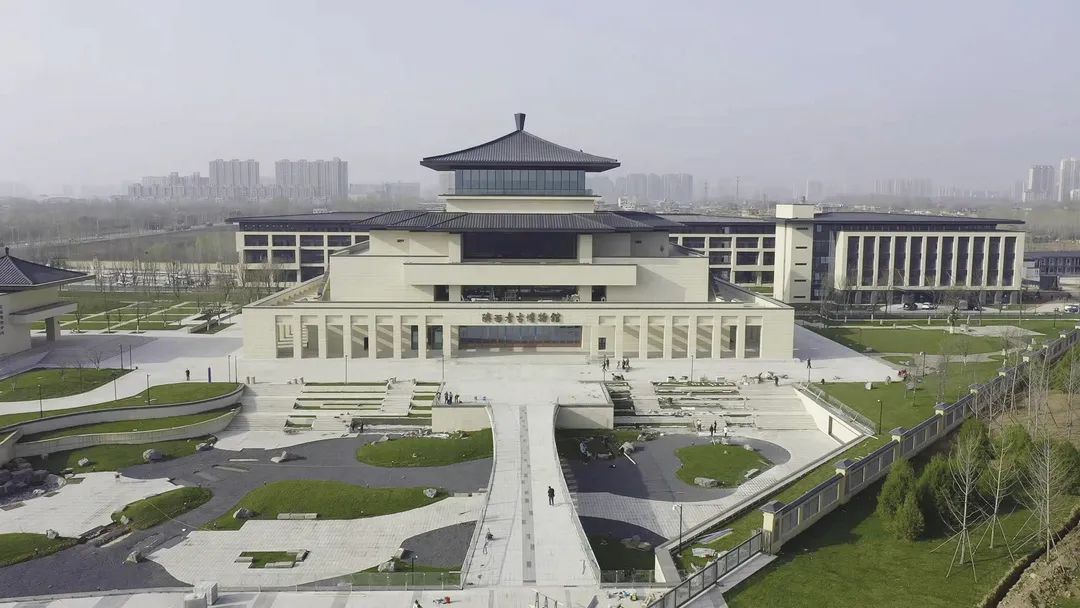
Aerial view of Shaanxi Archaeological Museum
Today (April 20), the Shaanxi Archaeological Museum issued a trial opening announcement. The Shaanxi Archaeological Museum will be open to the public on a trial basis from April 28 (Thursday) to July 31 (Sunday). During the trial operation, online real-name reservations will be implemented. Tickets are limited to 1,500 visitors per day during the trial operation. Visitors can make free ticket reservations 5 days in advance (including the day) through the official WeChat account of Shaanxi Archaeological Museum "Archaeology Shaanxi". Offline bookings are not accepted for the time being.Shaanxi Archaeological Museum is located in the south of Zhoujiazhuang Village, Guodu Street, Chang'an District, Xi'an. It is adjacent to China's geographical dividing line - Qinling Mountains in the south, and Xiangji Temple, the ancestral home of the Pure Land Sect of Buddhism in the east. integrated. Designed by China Northwest Architecture Design Institute and constructed by Shaanxi Construction Engineering First Construction Group Co., Ltd., it has a total land area of 250 mu and a total construction area of more than 36,000 square meters. The "one museum and four centers" structure of the center opens up the whole chain of disciplines from archaeological excavation to protection, research, interpretation, display, and dissemination, and provides Shaanxi solutions for the practice of Chinese archaeology in the new era.

The real scene of the main building of the museum
The main building of the museum is more than 10,700 square meters, with an indoor exhibition area of 5,800 square meters and an outdoor exhibition area of 10,000 square meters. The exhibition hall has three floors, displaying 5,215 pieces of cultural relics in 4,218 groups. The permanent exhibition is themed on "Archaeological Holy Land Huazhang Shaanxi" and is divided into four chapters: "Archaeological History", "Cultural Genealogy", "Archaeological Discovery" and "Cultural Protection Technology". Outdoors, there are field archaeology theme exhibition area, past dynasties brick display area, ceramic stone carving cultural relic display area and so on.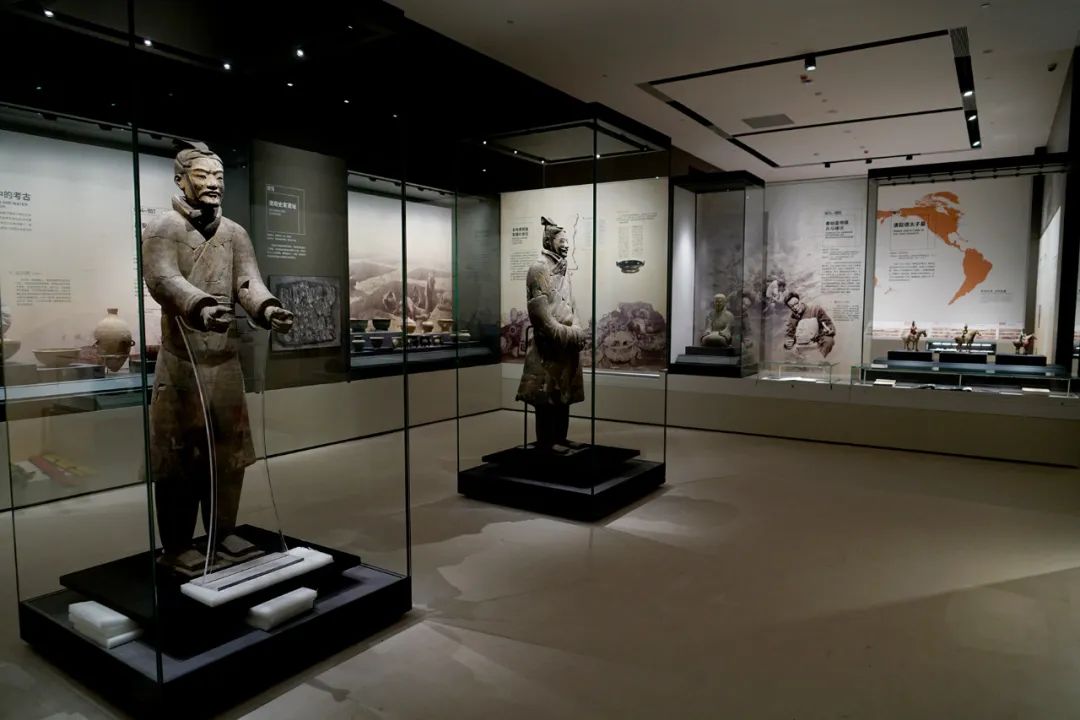
exhibition site
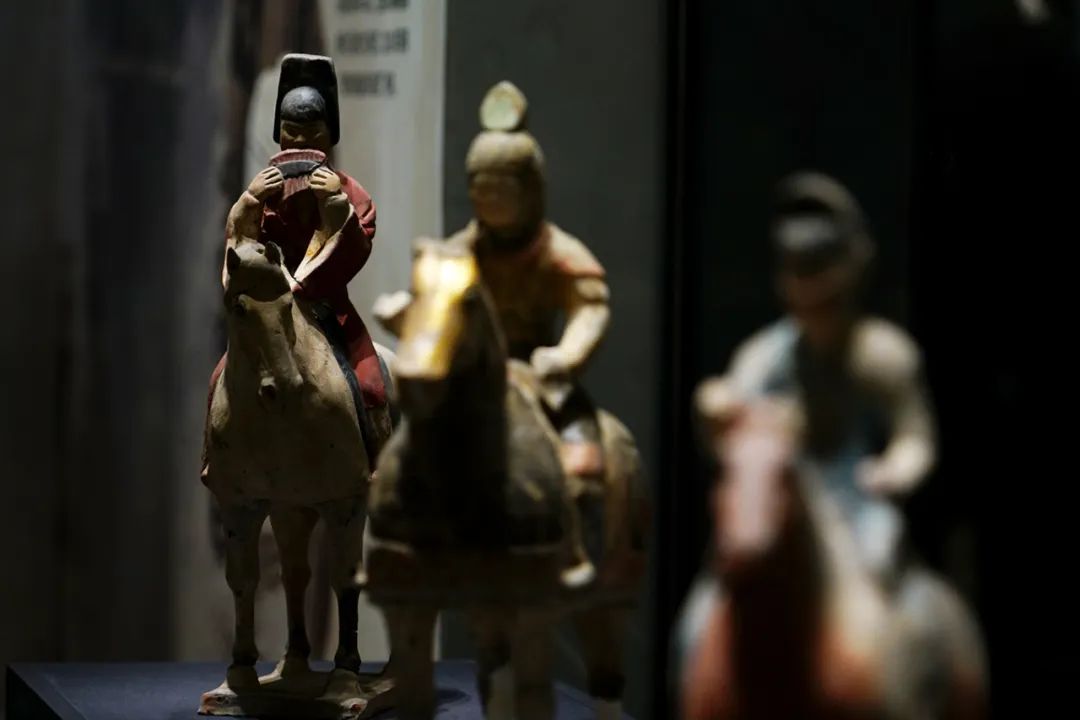
exhibition site
It is reported that the Shaanxi Archaeological Museum has the following outstanding features and highlights:This is the first archaeological subject museum in the country. The permanent exhibition "Archaeological Holy Land Huazhang Shaanxi" begins with "Archaeological Map", the beginning of epigraphy in China, showing the birth of Chinese archaeology in Yangshao in 1921, and focusing on the Baoji Fighting Jitai archaeology that marked the beginning of scientific archaeology in Shaanxi in 1933. and the thus created and mature Chinese archaeological typology. The archaeological achievements of major sites in Shaanxi since the founding of New China, such as Xi'an Banpo, Qin Terracotta Warriors and Horses Pit, and Hanyang Mausoleum, are exhibited here.

On-site exhibition
More than 90% of the cultural relics were exhibited publicly for the first time. The Shaanxi Archaeological Museum has an indoor exhibition area of 5,800 square meters and an outdoor exhibition area of 10,000 square meters. It involves 138 projects and exhibits a total of 5,215 cultural relics in 4,218 groups, of which more than 90% are exhibited to the public for the first time. For the first time, the archaeological excavation projects of the Shaanxi Provincial Institute of Archaeology, which have been awarded the "Top Ten New Archaeological Discoveries in China", are displayed to the public for the first time in a large-scale and systematic manner, such as the Shimao site, the Yangguanzhai site, the Lushanmao site, the Liangdai Village site, the Liujia site Wa site, Xuechi site, Western Han Dynasty Weiqiao site, etc. Stone carvings of human heads in Shimao, the most luxurious bronze wheel tooth carriage in the Western Zhou Dynasty at the Zhouyuan site, one large and one small bronze sacrificial statues in the Shang and Zhou cemeteries in Shigushan, Baoji, the epitaph of Shangguan Waner, and the figurines of the Han Dynasty Emperor Ba Mausoleum and Yan Zhenqing excavated in recent years. Precious cultural relics such as the epitaph of the book Dan appeared in a concentrated manner.
Archaeological Discoveries--Shigushan Cemetery

sacrifice
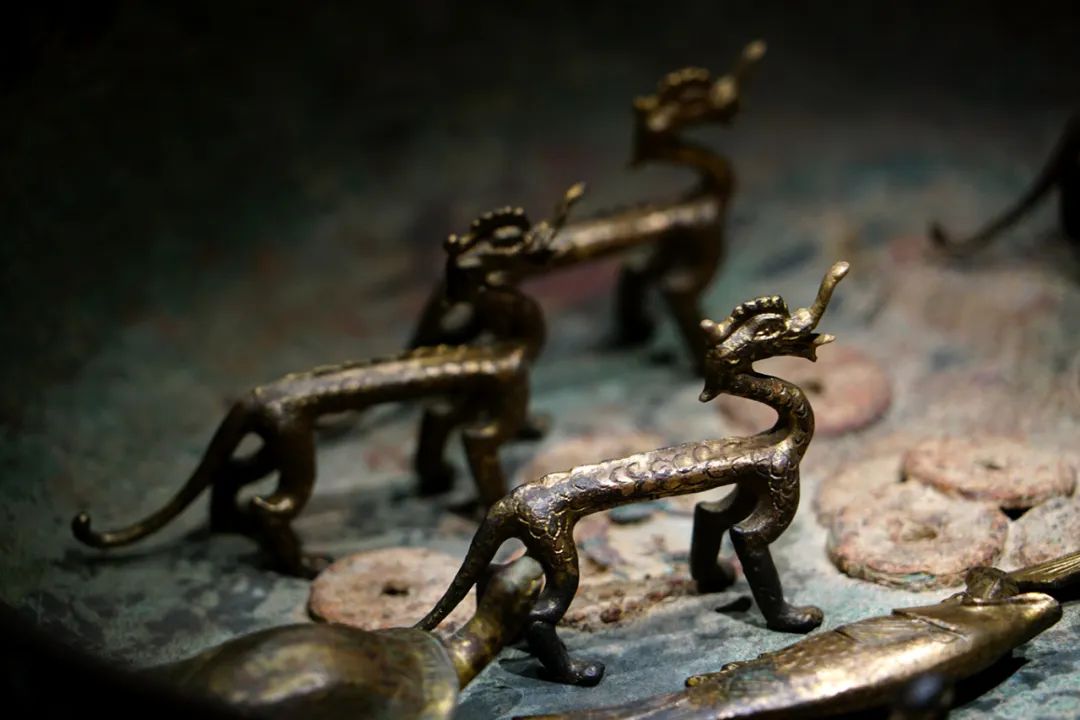
exhibition site

exhibition site
New achievements, new ideas and advanced technologies will be displayed in a concentrated manner. The remains of the chariot pit in Hejiazhuang, the "first luxury car in the Western Zhou Dynasty", the tomb of the Yuan Dynasty murals in Pucheng were directly packaged and moved to the hall, and the wooden figurines of the Zhou Dynasty were obtained by pouring gypsum liquid to obtain a complete shape, and so on. Restoration, conservation and research systems of ceramics, bronzes, complex remains, frescoes, textiles and lacquerware are on display to the public.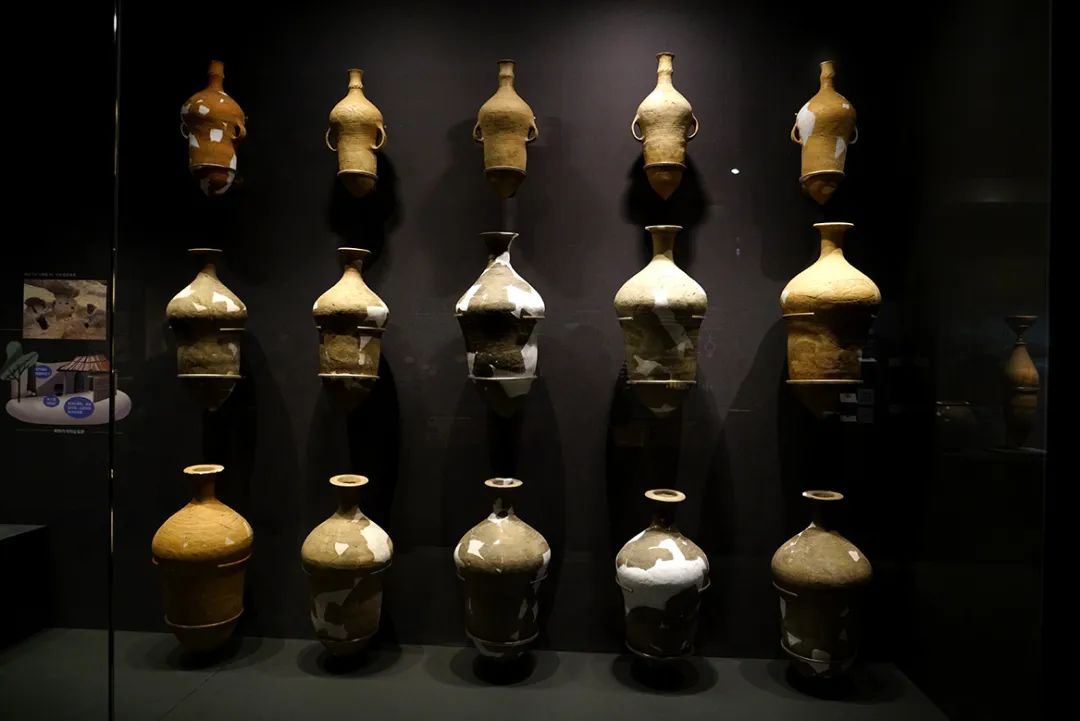
exhibition site
Temporary exhibitions are worth looking forward to. The Shaanxi Archaeological Museum is built on the basis of numerous archaeological achievements of the Shaanxi Provincial Institute of Archaeology, the earliest and largest provincial archaeological research institution in China. In the future, the Shaanxi Archaeological Museum will also invite the Shaanxi Provincial Institute of Archaeology to carry out archaeological excavations for various archaeological projects to display the latest archaeological achievements in the form of temporary exhibitions.
exhibition site
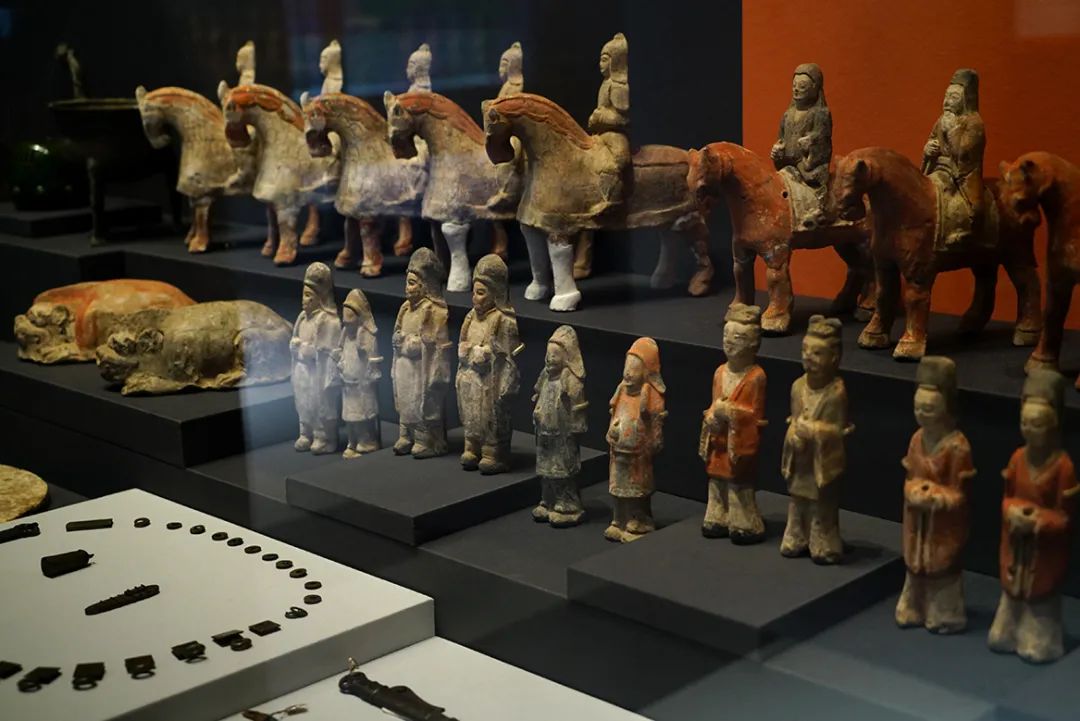
exhibition site
The permanent exhibition is divided into four chapters: "Archaeological History", "Cultural Genealogy", "Archaeological Discovery" and "Cultural Protection Technology" with the theme of "Archaeological Holy Land Huazhang Shaanxi".
The real scene of the hall of the archaeological history chapter
The "Archaeological History" shows the birth, development and maturity of Shaanxi archaeology with a large number of physical objects and pictures. It is divided into three units.The first unit, "Jinshiji, Ancient Evidence and Chongli", tells about the accumulation process of Chinese archaeology in the initial period—the epicology stage; the second unit, "Scientific archaeology to revive history and save the country", on the basis of showing the birth of Chinese archaeology, focuses on It tells about the beginning of Shaanxi archaeology, the archaeology of Doujitai, and the mature Chinese archaeological typology; the third unit, "Archaeology in accordance with the times", systematically sorts out the development process of Shaanxi archaeology since the founding of New China based on archaeological projects. It covers the excavation of Banpo Site, Zhouyuan Site, Terracotta Warriors and Horses of Qinling, Famen Temple, Yaozhou Kiln and other important sites, as well as the introduction of new concepts and new methods of archaeological work on "big sites" such as the capital of Han and Tang Dynasties and Emperor Mausoleum.

exhibition site

exhibition site

exhibition site
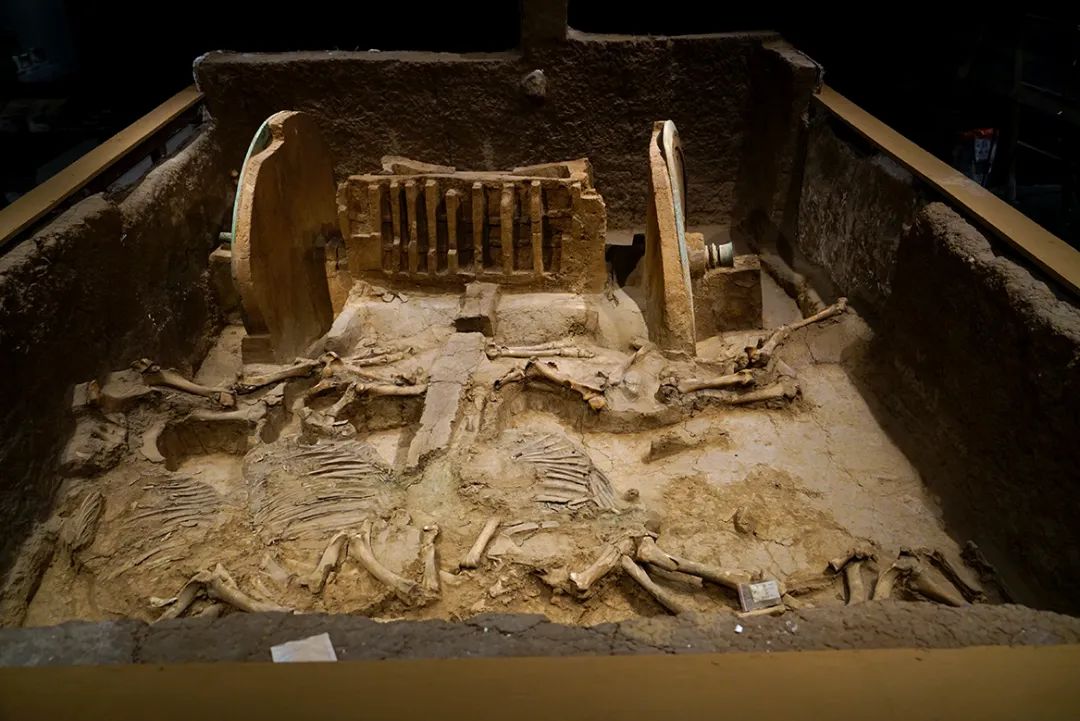
exhibition site

Real scene of the exhibition hall of archaeological discoveries
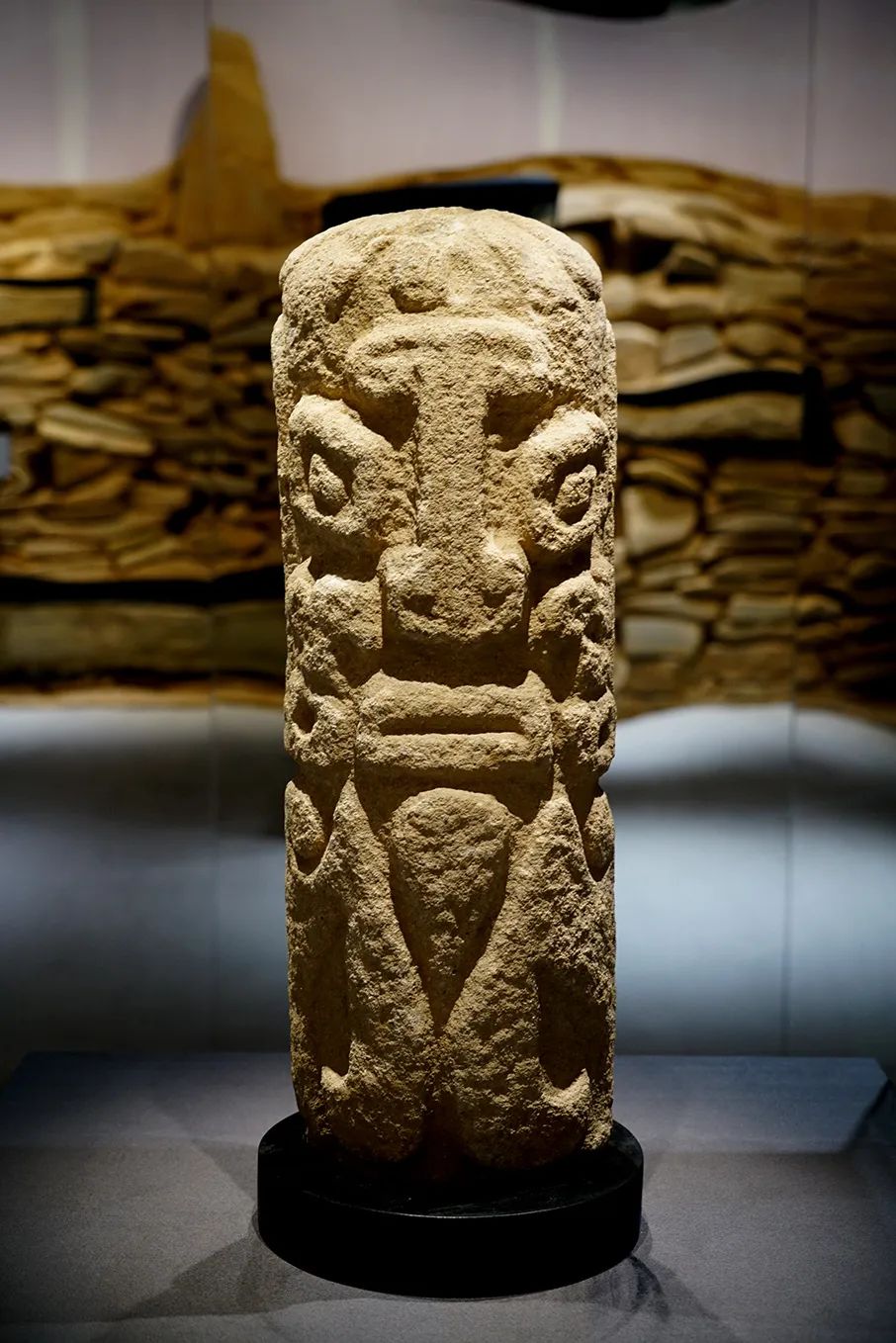
Real scene of the exhibition hall of archaeological discoveries
The "Cultural Genealogy" is divided into five units in chronological order, showing the archaeological cultural genealogy in Shaanxi. The first unit "Paleolithic Age" focuses on the origin of modern humans and the communication and migration of ancient humans; the second, third and fourth units "Neolithic Age", "Xia-Shang Period" and "Pre-Zhou Culture" Various cultural types in the territory, including distribution range, cultural characteristics and representative sites, are interspersed with the introduction of animal archaeology, plant archaeology, physical anthropology and other branches; the fifth unit "Zhouyuan Site" comprehensively summarizes 60 Over the years, the archaeological harvest of the Zhouyuan site has been collected, and the Hejia chariot and horse pit after the overall relocation has been moved into the exhibition hall.
Cultural Genealogy--Painted Pottery Exhibition Area

exhibition site
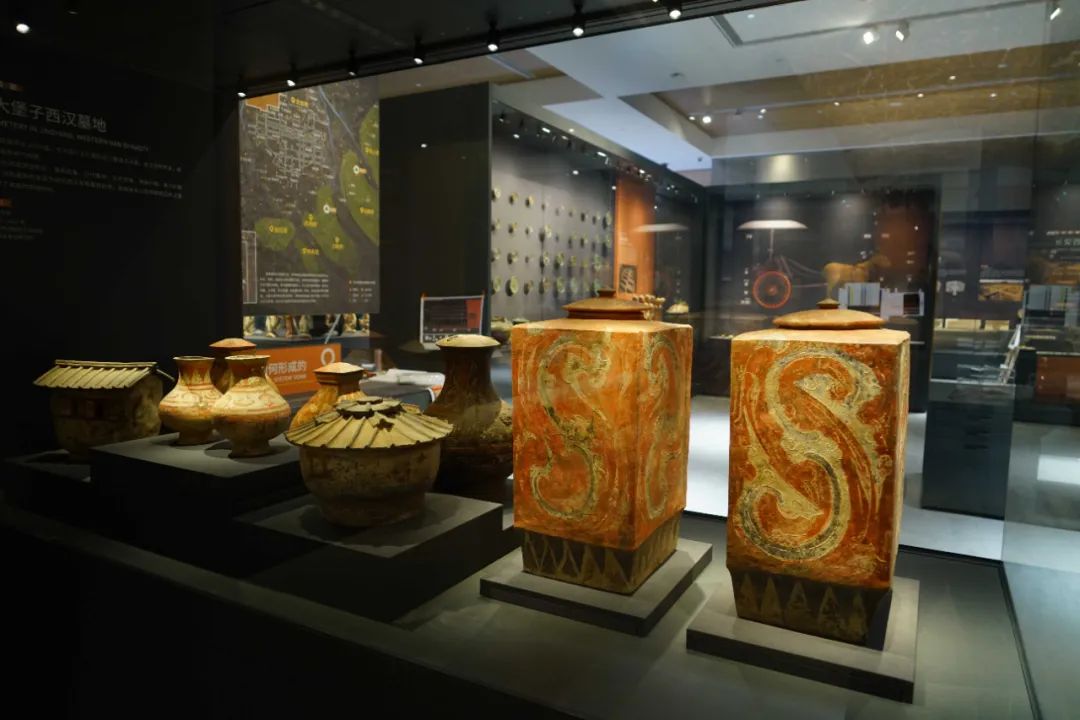
exhibition site
The "Archaeological Discovery" is divided into three units, mainly introducing the representative key archaeological projects in various periods in Shaanxi. The first unit "Exploring the Prehistory of Civilization Construction" focuses on the sites of Yangguanzhai, Lushanmao and Shimao; the second unit, "Seeking the Reappearance of the Empire's Prosperity", introduces the most representative Qin, Han, and Shimao cities in Shaanxi. Remains of the Tang Dynasty; the third unit, "Tracing the Ancient Capital to Cultivate Elegance", mainly displays the archaeological discoveries in Shaanxi after the Song Dynasty represented by the Yaozhou kiln site and the tomb of the Lu family.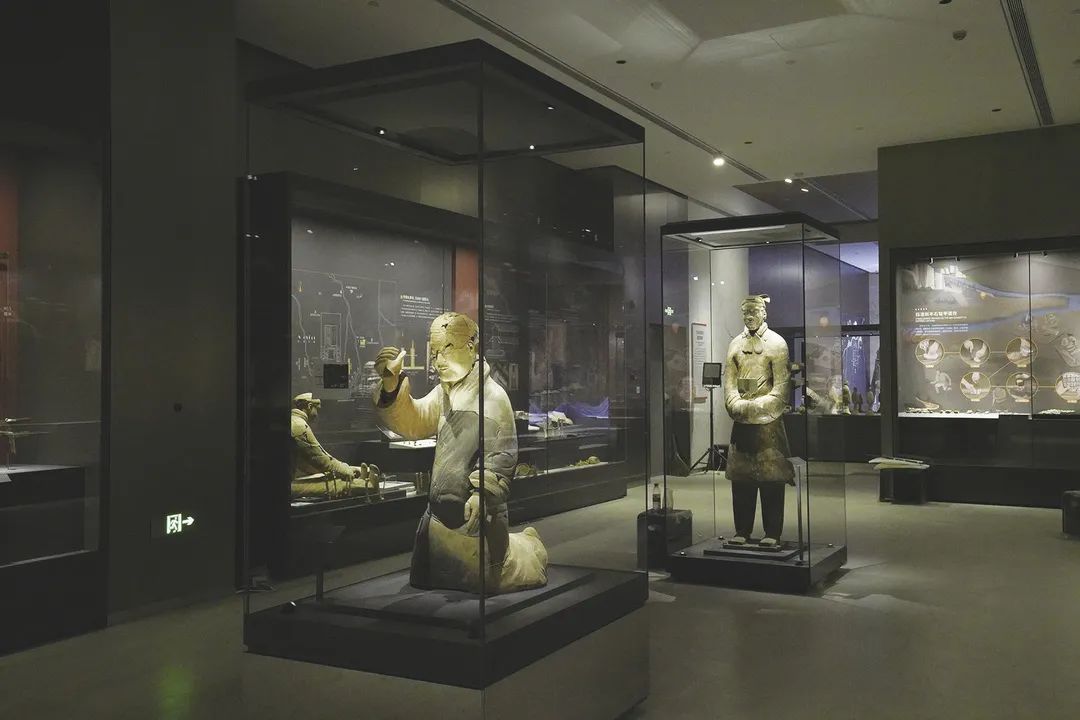
Archaeological Discoveries--The Terracotta Warriors

Archaeological site cultural relic protection mobile laboratory model
"Cultural Relics Protection" shows the restoration, protection and research of ceramics, bronzes, complex remains, murals, textiles and lacquerware, etc. after an overall introduction of cultural relics protection, focusing on showing new technologies, new methods, and new materials in different textures. The application in the protection of cultural relics shows the public the responsibility and responsibility of "skillful doctors" for the restoration of cultural relics.Link:
Shaanxi Archaeological Museum opens on trial
Announcement
The Shaanxi Archaeological Museum will be open to the public on a trial basis from April 28 (Thursday) to July 31 (Sunday), 2022. Combined with the relevant regulations on epidemic prevention and control in Xi'an, the relevant matters are hereby announced as follows:
Opening hours
From 09:00 to 17:00, ticket checking will be stopped at 16:00, and the museum will be closed every Wednesday (except statutory holidays). Please plan your visit accordingly.
Booking method
Reservation channel: Shaanxi Archaeological Museum implements online real-name reservation booking. Visitors are requested to reserve tickets 5 days in advance (including the day) through the official WeChat account of the museum "Archaeology Shaanxi".
During the trial operation, the official account will automatically release tickets in batches at 9:00 am and 14:00 pm every day, with 750 tickets per time period. One WeChat account can reserve up to 5 tickets, please make reservations on demand.
The hotel does not accept offline bookings at this time.
(This article is compiled from Wenbo Headlines, Wenbo Circle, "Shaanxi Daily", etc.)